Skincare is an essential part of our daily routine. Whether it’s a simple regimen or a multi-step routine, we all have those favorite products we swear by. But what happens when those tried-and-true products suddenly stop delivering the results they once did? It can be frustrating and confusing when your skin starts looking dull, or when breakouts appear even though you haven’t changed anything.
If your skincare products no longer seem to be working, you’re not alone. It’s actually quite common for products to become less effective over time. The good news is that there are reasons for this, and understanding these reasons can help you tweak your routine to achieve better results.
In this article, we’ll explore the 5 main reasons why have your skincare stopped working and suggest 5 alternatives you can try to revive your skincare routine. Let’s get started!
Also Read: 7 Ways to Prevent Wrinkles for a Youthful Glow
Table of Contents
ToggleWhy Do Skincare Products Stop Working?
Following are the 5 main reasons why have your skincare products stopped working:
1. Your Skin Has Adapted to the Products
Just like your body can develop a tolerance to certain medications, your skin can also become accustomed to specific skincare ingredients over time. This is especially common with active ingredients like retinoids, salicylic acid, or benzoyl peroxide. As your skin adapts, the effectiveness of these products may diminish, causing you to see fewer results.
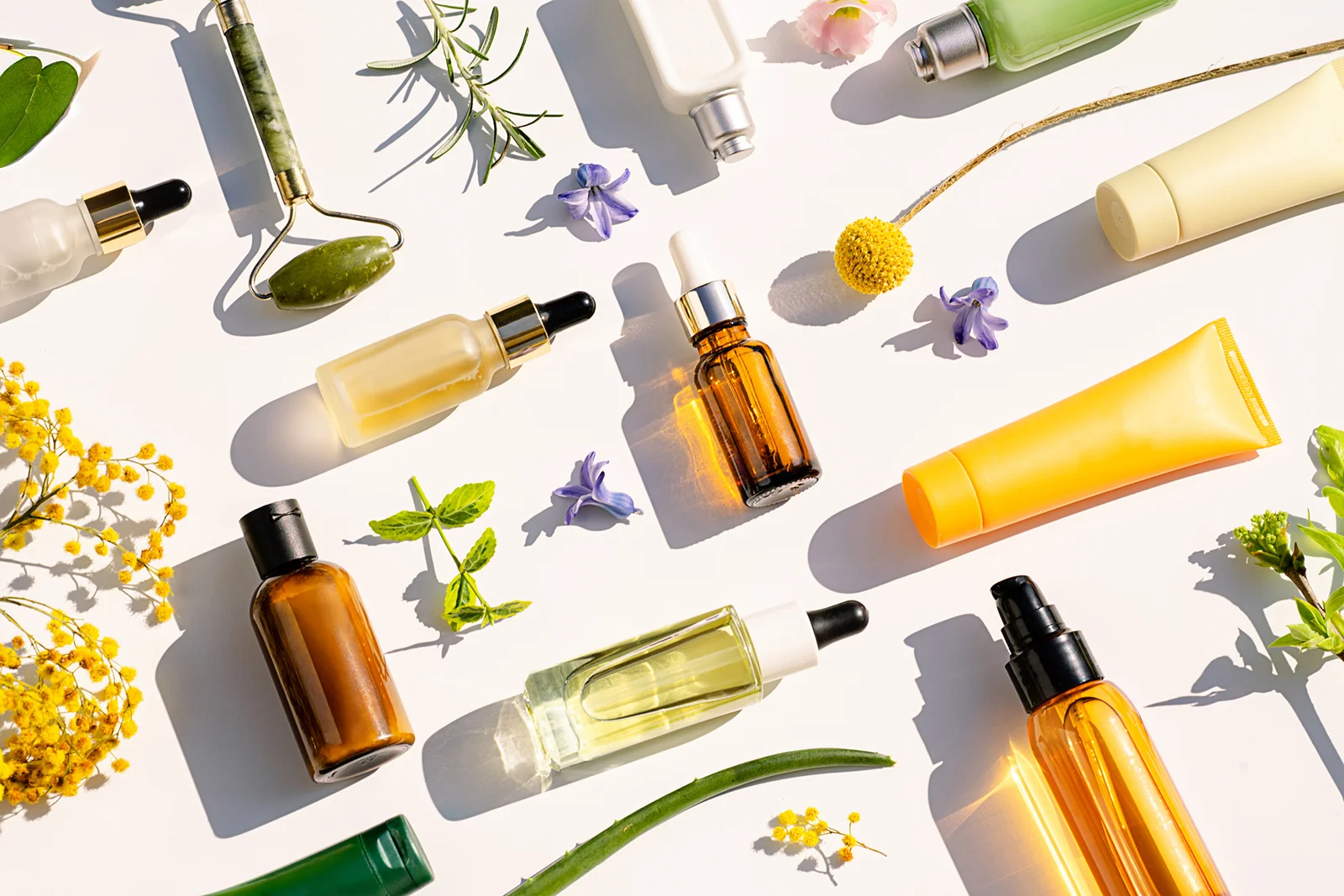
What Can You Do?
- Switch Up Your Products: Try rotating your products every few months. For example, if you’ve been using a retinol-based product for a while, consider switching to an alternative like bakuchiol, a plant-based ingredient that offers similar benefits without irritation.
- Take a Break: Sometimes, giving your skin a break from certain ingredients for a few weeks can help. After a short hiatus, reintroduce the product gradually to see if it works better.
Learn more about why your skin might adapt to products and what to do from this article by Healthline.
2. Changes in Your Skin Type or Condition
Your skin type isn’t static—it can change over time due to factors like age, hormones, environment, and diet. For example, you may have had oily skin in your teens, but as you age, your skin might become drier or more sensitive. Similarly, stress, illness, or changes in your diet can impact your skin’s condition.
What Can You Do?
- Reevaluate Your Skin Type: Assess your skin’s current needs and adjust your products accordingly. If your skin has become drier, switch to richer, more hydrating formulations. If it’s become oily, opt for lighter, non-comedogenic products.
- Consult a Dermatologist: If you’re unsure about your skin type or condition, consider consulting a dermatologist for a professional assessment.
Visit WebMD’s guide to understanding your skin type and finding suitable products.
3. Environmental and Seasonal Changes
The environment you live in has a significant impact on your skin. During the winter, colder air and indoor heating can dry out your skin, while hot and humid weather in the summer can lead to excess oil production and breakouts.
Also Read: What is Waterless Skincare? A Complete Guide
What Can You Do?
- Adjust Your Routine Seasonally: In colder months, switch to a heavier moisturizer and consider using hydrating serums. In warmer weather, opt for lightweight, oil-free products.
- Use Products with Antioxidants and SPF: Environmental factors like pollution and UV rays can also damage your skin. Protect your skin by using products with antioxidants, such as vitamin C, and always apply sunscreen with at least SPF 30.
Check out NHS’s advice on protecting your skin during different seasons.
4. Overusing Products or Mixing Too Many Ingredients
While it may seem like using more products would lead to better skin, that’s not always the case. Overloading your skin with multiple active ingredients can lead to irritation, redness, and sensitivity, making it seem like your skincare is not working.
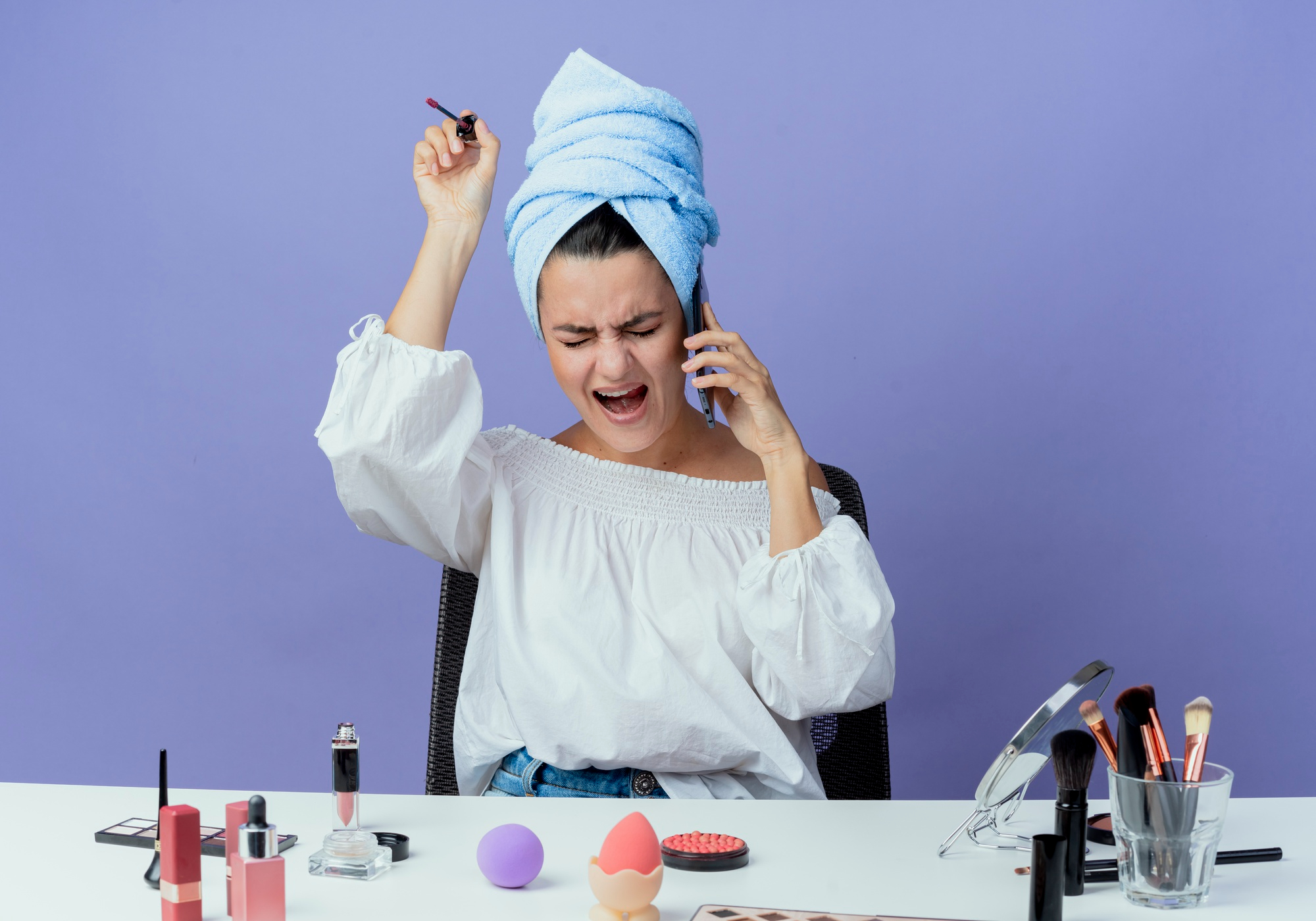
Also Read: Do Homemade Sunscreens Actually Work? A Comprehensive Guide
What Can You Do?
- Simplify Your Routine: Focus on a simple routine with a gentle cleanser, a suitable moisturizer, and sunscreen. Gradually introduce active ingredients like retinol or acids one at a time.
- Patch Test New Products: Always do a patch test before introducing new products to ensure they don’t cause a reaction.
Learn more about how to streamline your skincare routine from this guide by Byrdie.
5. Product Expiry or Storage Issues
Skincare products have a shelf life, and using expired products can reduce their effectiveness or even cause skin irritation. Additionally, improper storage can alter the formulation of your products.
What Can You Do?
- Check Expiration Dates: Always check the expiration dates on your skincare products and discard any that have passed their prime.
- Store Products Correctly: Keep products in a cool, dry place away from direct sunlight. Some products, like vitamin C serums, are best stored in the refrigerator to maintain their potency.
Allure’s guide on skincare product expiration can help you understand shelf life and storage better.
5 Alternatives to Try When Your Skincare Stops Working
If your current skincare routine is no longer effective, it’s time to explore new options. Here are five alternatives you can try to refresh your regimen and get your skin back on track.
1. Experiment with New Active Ingredients
Switching up your active ingredients can help overcome your skin’s tolerance. For example, if your retinol serum isn’t delivering the same results, consider using a product with bakuchiol, a plant-based ingredient that offers similar benefits without causing sensitivity.
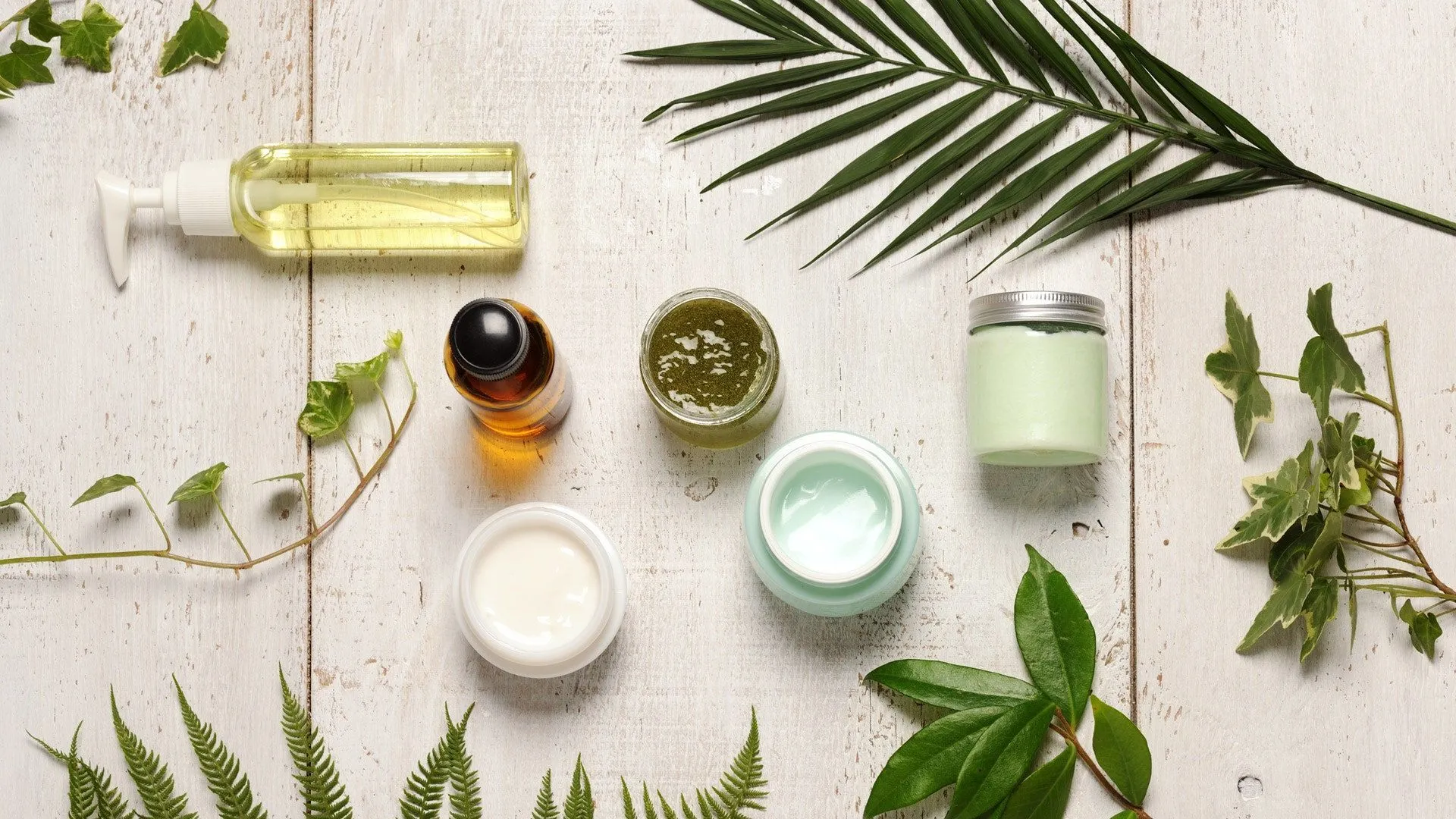
Suggested Alternatives:
- Bakuchiol: A gentle, plant-based alternative to retinol.
- Niacinamide: Helps brighten the skin, reduce inflammation, and improve texture.
- Peptides: Supports collagen production and helps reduce fine lines and wrinkles.
Discover more about different skincare ingredients and their benefits from Paula’s Choice Ingredient Dictionary.
2. Incorporate Exfoliation to Boost Product Absorption
Dead skin cells can build up on the surface of your skin, making it harder for skincare products to penetrate and work effectively. Incorporating regular exfoliation into your routine can help.
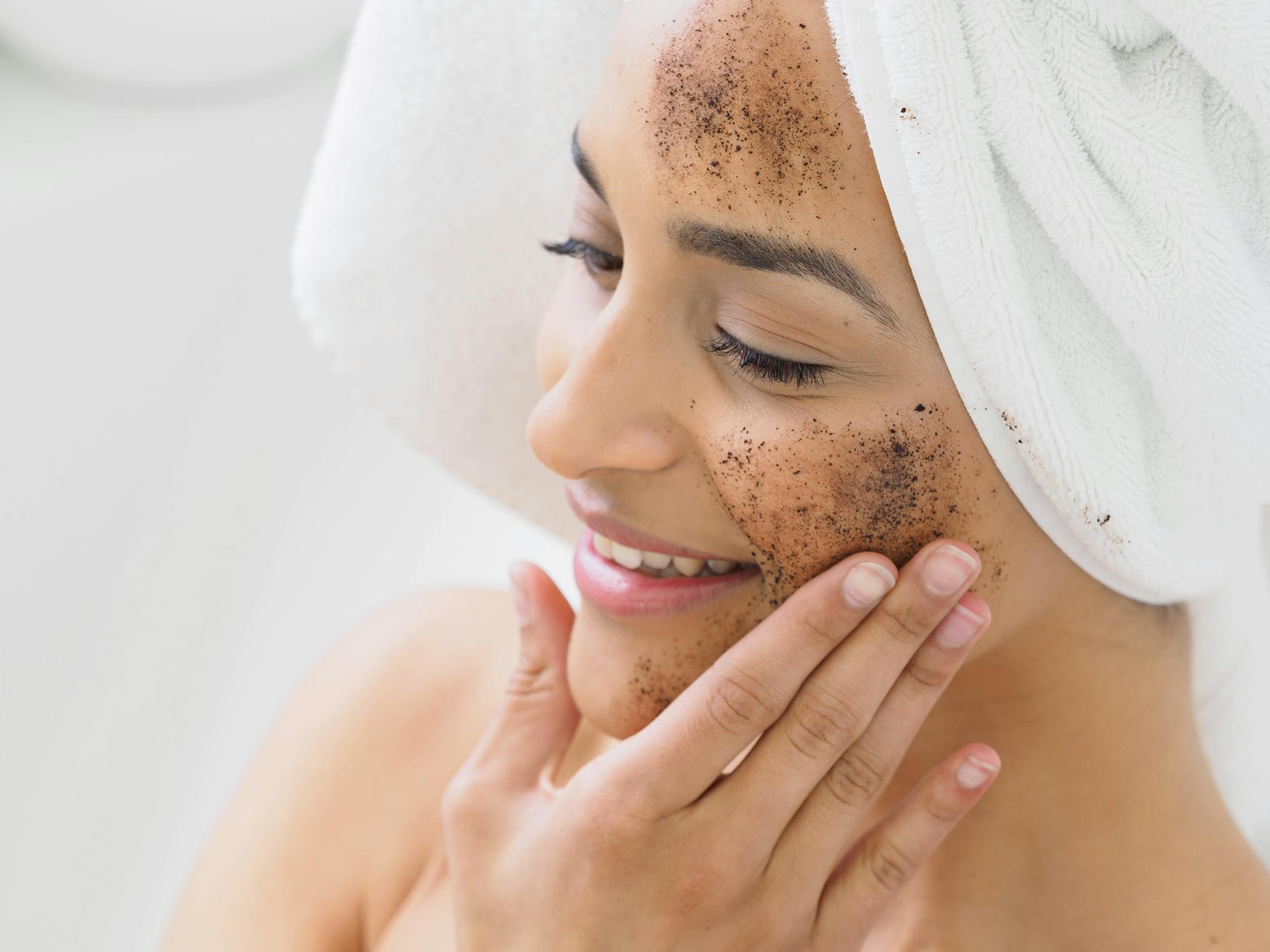
Types of Exfoliation:
- Physical Exfoliation: Use a gentle scrub with fine particles to manually remove dead skin cells. Be careful not to use harsh scrubs that can cause micro-tears.
- Chemical Exfoliation: Use products with glycolic acid, lactic acid, or salicylic acid to dissolve dead skin cells.
Start by exfoliating once or twice a week and increase as needed, depending on your skin’s tolerance.
Learn more about exfoliation and its benefits from Healthline’s guide.
3. Consider Double Cleansing for Thorough Removal of Impurities
Double cleansing involves using an oil-based cleanser first, followed by a water-based cleanser. This method helps remove makeup, sunscreen, and impurities more effectively, allowing your other skincare products to work better.
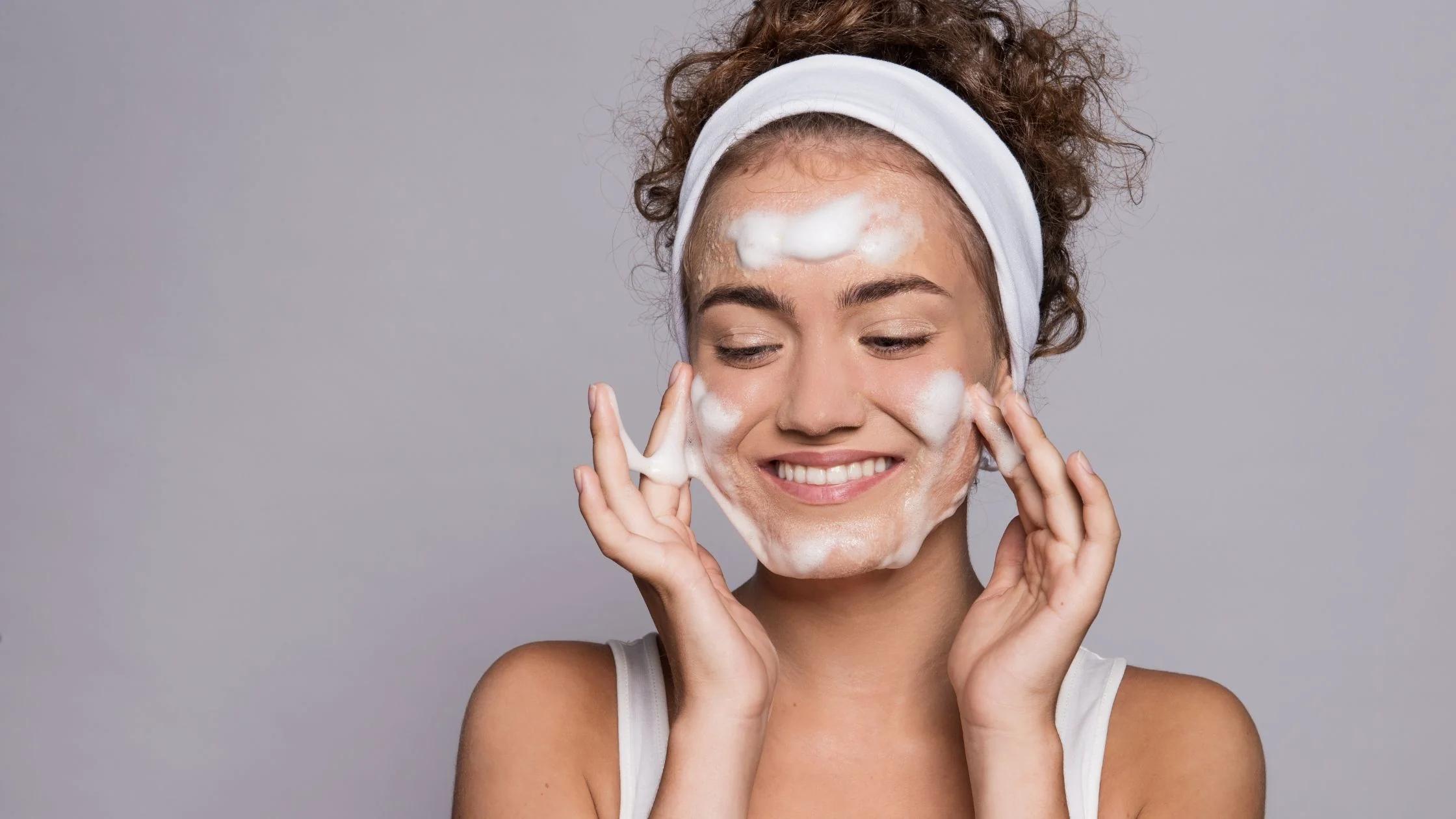
How to Double Cleanse:
- Use an oil-based cleanser to remove makeup and excess oil.
- Follow up with a gentle, water-based cleanser to cleanse the skin.
Double cleansing is particularly beneficial if you wear heavy makeup or sunscreen or if you live in a polluted area.
Read more about the double cleansing method from Dermstore’s guide.
4. Introduce a Hydrating Serum to Your Routine
Dehydrated skin can often appear dull and less responsive to products. Adding a hydrating serum can help plump up your skin and improve its overall health.
Hydrating Ingredients to Look For:
- Hyaluronic Acid: Attracts and retains moisture, making your skin look plumper.
- Glycerin: Helps draw water into the skin and keeps it hydrated.
- Ceramides: Strengthens the skin’s barrier and prevents moisture loss.
Apply a hydrating serum after cleansing and before your moisturizer to lock in hydration.
Vogue’s guide to the best hydrating serums can help you choose the right one for your skin.
5. Consult a Dermatologist for a Professional Assessment
If you’ve tried switching products and ingredients without success, it might be time to see a dermatologist. A professional can provide personalized advice and recommend treatments tailored to your skin’s specific needs.
When to See a Dermatologist:
- Persistent breakouts, redness, or irritation.
- Concerns about aging, pigmentation, or sensitivity.
- To explore professional treatments like chemical peels, microdermabrasion, or prescription-strength products.
Find a reputable dermatologist or get an online consultation through services like Zocdoc.
Tips for Getting the Most Out of Your Skincare Routine:
- Be patient when introducing new products and give them time to show results.
- Rotate your active ingredients every few months to prevent your skin from becoming too accustomed.
- Listen to your skin and adjust your routine as needed based on changes in skin type, weather, or condition.
Final Thoughts: Reviving Your Skincare Routine
It’s normal for skincare products to lose their effectiveness over time, but that doesn’t mean you’re stuck with underperforming products forever. Understanding why your skincare has stopped working and making small changes can help you achieve the healthy, glowing skin you desire.
Remember to be patient when trying new products or ingredients, as it can take a few weeks to see noticeable results. Listen to your skin and don’t be afraid to experiment with new options. With the right approach, you can keep your skin looking its best at any age.
For more skincare tips and product recommendations, visit trusted sources like Allure, Healthline, or consult with a skincare professional.
Take care of your skin and enjoy the process of finding what works best for you!
FAQ: 5 Reasons Your Skincare Stopped Working and 5 Alternatives to Try
1. Why do skincare products stop working over time?
Skincare products can become less effective over time due to a variety of reasons. One of the main causes is that your skin may adapt to the active ingredients in the products, reducing their effectiveness. This is similar to how your body can develop a tolerance to certain medications. Additionally, factors like changes in your skin type, environment, and lifestyle can also affect how your skin responds to skincare products. For example, a product that worked well when your skin was oily may not be as effective if your skin has become drier over time. Understanding these factors can help you adjust your routine accordingly.
2. How can I tell if my skincare routine has stopped working?
There are a few signs that indicate your skincare routine may no longer be effective:
- Dullness: Your skin appears less radiant and more lackluster than usual.
- Increased Breakouts: You experience more breakouts or blemishes despite following your usual routine.
- Lack of Improvement: Your skin concerns, such as acne or hyperpigmentation, are no longer improving.
- Skin Sensitivity: Your skin becomes more reactive, showing signs of redness or irritation. If you notice these changes and they persist despite consistent use of your products, it may be time to reassess your skincare routine.
3. What should I do if my skincare products are no longer effective?
If your skincare products have stopped delivering results, consider making some adjustments to your routine:
- Take a Break: Temporarily stop using the product for a few weeks to allow your skin to “reset.”
- Switch Ingredients: Try a different product with similar benefits but a different active ingredient (e.g., switch from retinol to bakuchiol).
- Incorporate Exfoliation: Exfoliation helps remove dead skin cells that may be preventing your products from penetrating properly.
- Consult a Professional: If you’re unsure, visit a dermatologist for a personalized skincare plan.
Making small changes can often help revive your routine and restore your skin’s health and glow.
4. Can overusing skincare products cause them to stop working?
Yes, overusing skincare products or using too many active ingredients at once can actually backfire and make your skincare routine less effective. When you overdo it with multiple products, you risk disrupting your skin’s natural barrier, which can lead to irritation, redness, and increased sensitivity. This makes your skin more prone to breakouts and can diminish the effectiveness of your products. To prevent this, stick to a basic routine, introduce new products one at a time, and give your skin time to adjust before adding more.
5. How often should I change my skincare routine?
There’s no one-size-fits-all answer, as it depends on your skin’s needs and how it responds to the products. However, it’s generally a good idea to review your skincare routine every few months, especially when the seasons change or if you experience significant changes in your skin’s condition (e.g., dryness, oiliness, sensitivity). If you’re using active ingredients like retinoids or acids, consider taking a break every few months or switching to a different product to prevent your skin from becoming too accustomed to them.
6. Can environmental factors cause skincare products to stop working?
Yes, environmental factors such as humidity, temperature, and pollution can affect your skin and, consequently, how your skincare products perform. For instance, colder weather can make your skin drier, requiring you to use more hydrating products, while hot and humid conditions can increase oil production, making your usual moisturizer feel too heavy. Pollution can also contribute to skin damage, making antioxidant-rich products necessary to neutralize free radicals and protect the skin. To adapt to environmental changes, consider adjusting your routine seasonally and incorporating products that address specific environmental stressors.
7. How can I prevent my skin from becoming “immune” to products?
To prevent your skin from becoming “immune” to your products, consider the following strategies:
- Rotate Active Ingredients: Switch up your active ingredients every few months to keep your skin stimulated. For example, alternate between different types of acids (glycolic, lactic) or retinoids.
- Use Products Sparingly: Don’t use active ingredients like retinol or exfoliating acids every day. Give your skin a break by using them 2-3 times a week.
- Change Routines Seasonally: Adjust your routine according to the weather and environment to keep your skin in optimal condition. By diversifying your skincare products and ingredients, you can prevent your skin from becoming too accustomed to one particular formulation.
8. Can expired skincare products still work effectively?
Using expired skincare products is not recommended because their effectiveness may be compromised, and they could potentially cause harm to your skin. Over time, active ingredients like vitamin C or retinoids can degrade, making them less potent. Additionally, expired products may harbor bacteria or fungi, leading to irritation or breakouts. Always check the expiration date on your products and replace them as needed. Proper storage—keeping products away from direct sunlight and heat—can also extend their shelf life.
9. What are some signs that a skincare product is expired?
Signs that a skincare product has expired include:
- Change in Smell: If the product smells different or unpleasant, it may have gone bad.
- Color Change: A change in color can indicate that the product’s formulation has been compromised.
- Texture Change: If the product feels grainy, separated, or has an unusual texture, it may no longer be safe to use.
- Ineffectiveness: If you notice that the product isn’t delivering the same results as before, it might be past its prime.
When in doubt, it’s better to err on the side of caution and replace any product that appears to have changed.
10. When should I see a dermatologist if my skincare isn’t working?
If you’ve tried different products and made adjustments to your routine without success, it may be time to see a dermatologist. Consult a professional if:
- You have persistent breakouts, redness, or irritation.
- You’re experiencing new skin issues that weren’t present before.
- Your skin’s condition has worsened despite using quality skincare products. A dermatologist can provide a personalized diagnosis and treatment plan, ensuring that you address your skin’s specific needs effectively.
